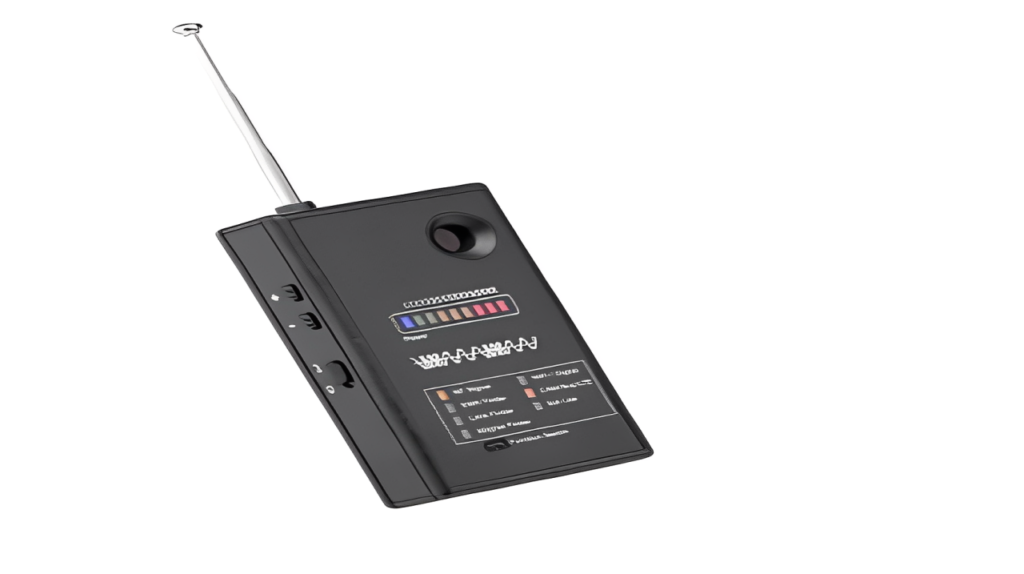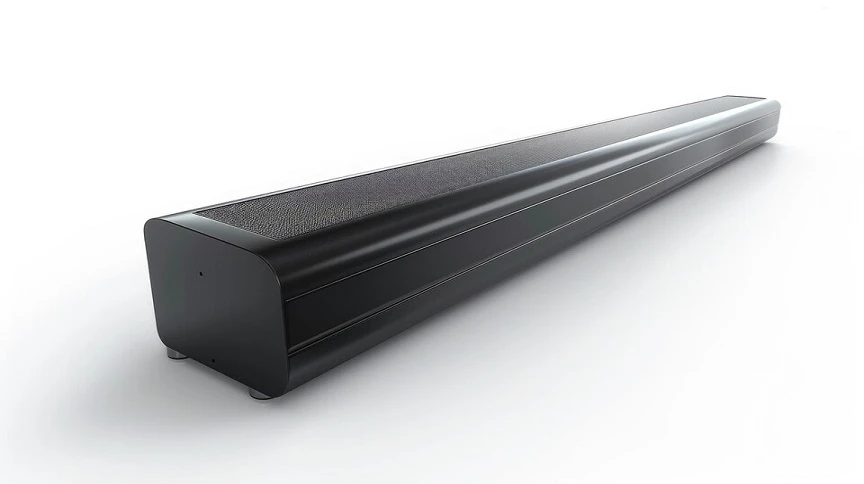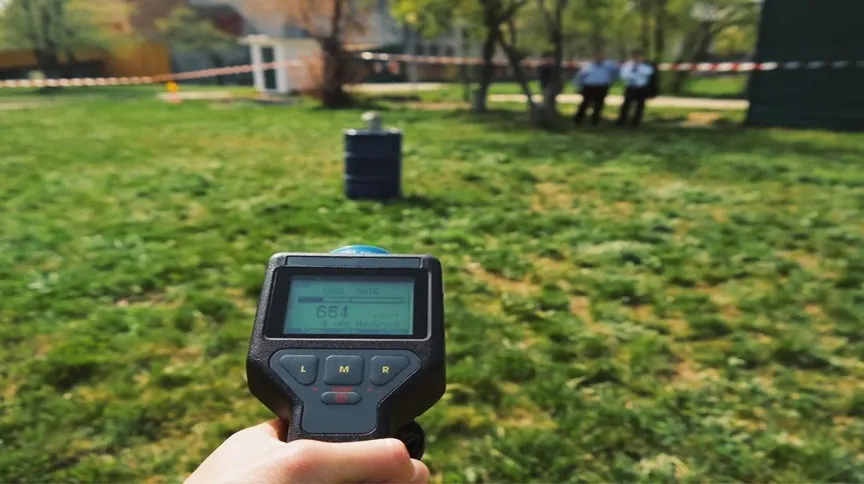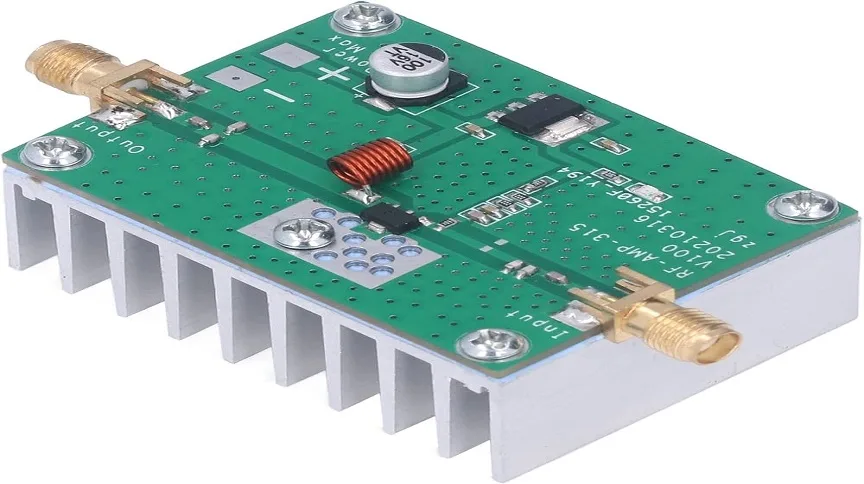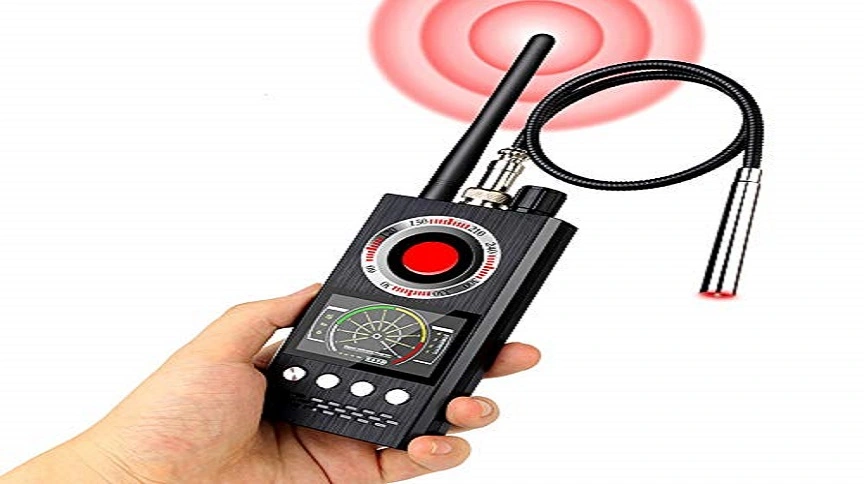The Complete Guide to Signal Jammers
What is a Signal Jammer? A signal jammer is a device that blocks or interferes with communication signals. It can disrupt mobile networks, GPS, Wi-Fi, Bluetooth, or radio frequencies. These devices are used for privacy, security, or maintaining control over communications in a specific area. How Do Signal Jammers Work? Signal jammers transmit signals on the same frequency as the targeted device, overpowering and confusing the communication channel. As a result, the original signal is lost or severely disrupted. Jammers typically work within a defined frequency range and distance. Types of Signal Jammers Mobile Phone Jammers These jammers block 2G, 3G, 4G, and 5G mobile signals. They’re commonly used in offices, classrooms, and confidential meetings. GPS Jammers A GPS jammer blocks location tracking. It prevents unauthorized monitoring of vehicles, assets, or individuals. Misuse is illegal under Indian law. Wi-Fi Jammers These block wireless internet signals and are helpful in environments requiring data protection or zero network interference. Bluetooth Jammers Bluetooth jammers interfere with short-range communication between devices, making them ideal for secure government and corporate settings. Drone Jammers Used to stop unauthorized drones from flying over sensitive zones by blocking control and GPS signals. Where Are Signal Jammers Used in India? Examination halls to stop cheating Prisons to prevent inmates from using mobile phones Military zones for data and communication security Temples, theaters, and conferences to maintain silence Government offices for safeguarding sensitive information Legal Aspects of Signal Jammers in India In India, the Department of Telecommunications (DoT) regulates the use of jammers. Only authorized entities like: Defense forces Government-approved institutions Law enforcement agencies are legally allowed to use or purchase signal jammers. Unauthorized possession or usage is a punishable offense. Advantages of Using Signal Jammers Enhances data privacy Ensures security in restricted areas Prevents cheating during exams Stops unwanted surveillance Maintains discipline in public spaces Limitations and Concerns Can disrupt emergency communications Illegal use may attract penalties Affects nearby users unintentionally Limited by range and frequency Buying a Signal Jammer in India If you are looking to buy a signal jammer, ensure you go through the proper channels. Only government-approved organizations and licensed vendors can sell or distribute them. Contact Us – Nacon Wireless At Nacon Wireless, we provide expert consultation and solutions for communication security. Our products comply with Indian regulations, ensuring safety and legality. Need help choosing the right jammer for your needs? Contact Nacon Wireless today for secure, reliable, and approved solutions. Conclusion Signal jammers are essential tools for specific high-security environments. When used responsibly and legally, they offer unmatched benefits in privacy and control. Always rely on trusted providers like Nacon Wireless for secure and compliant jammer solutions in India.
The Complete Guide to Signal Jammers Read More »

